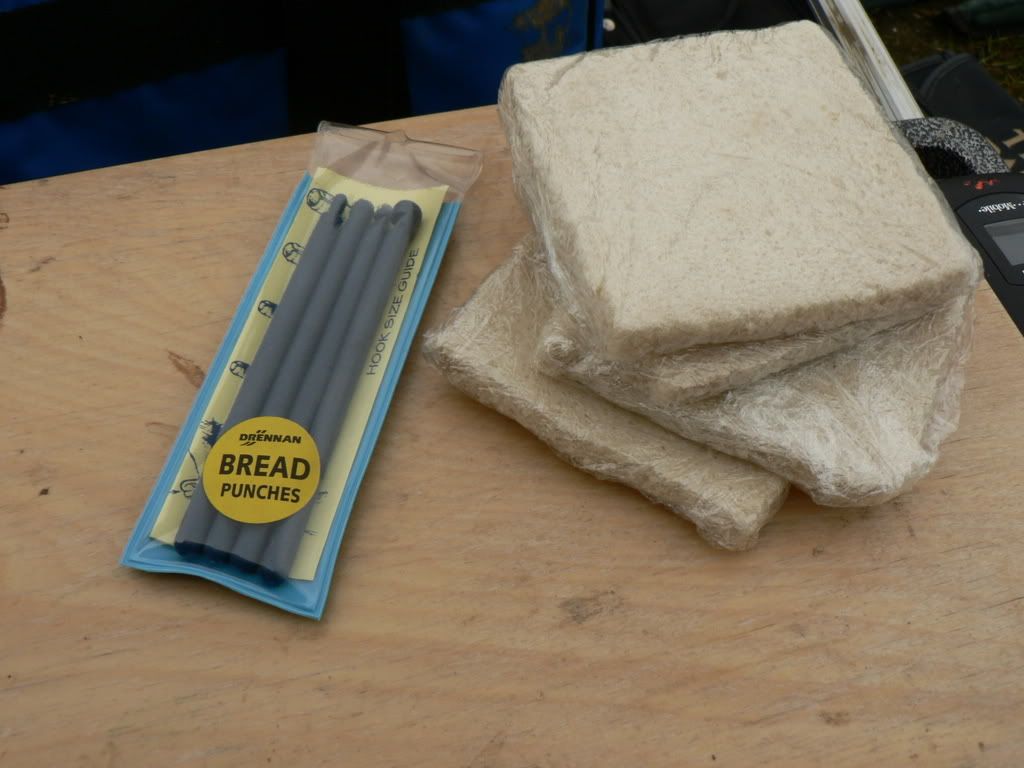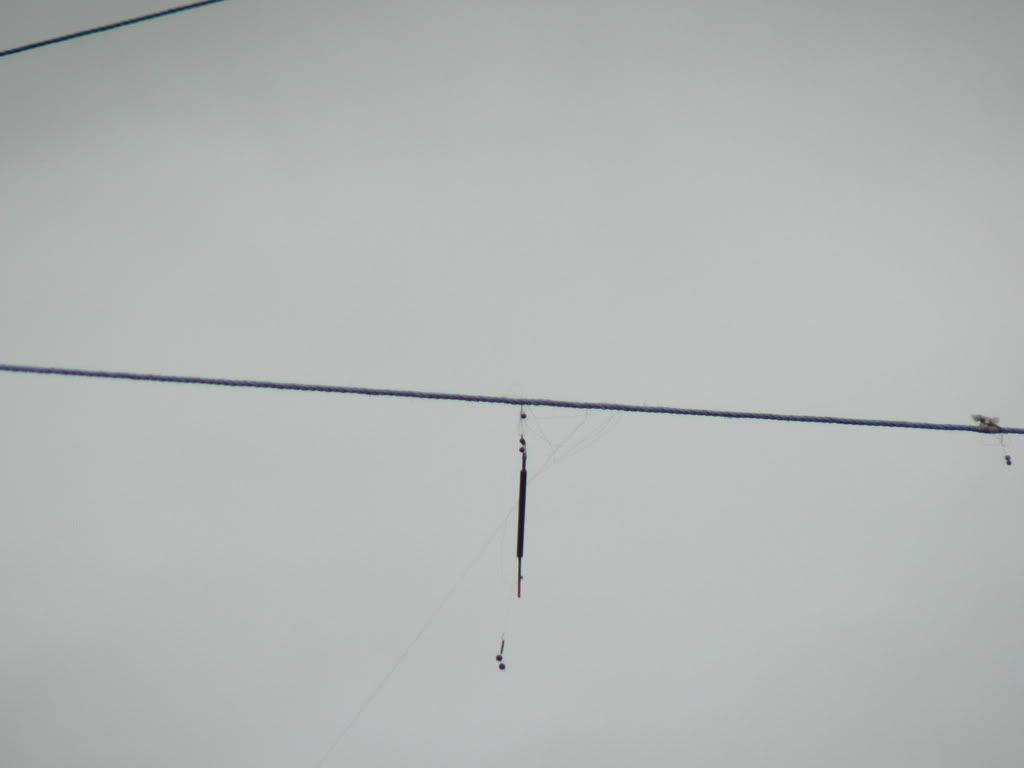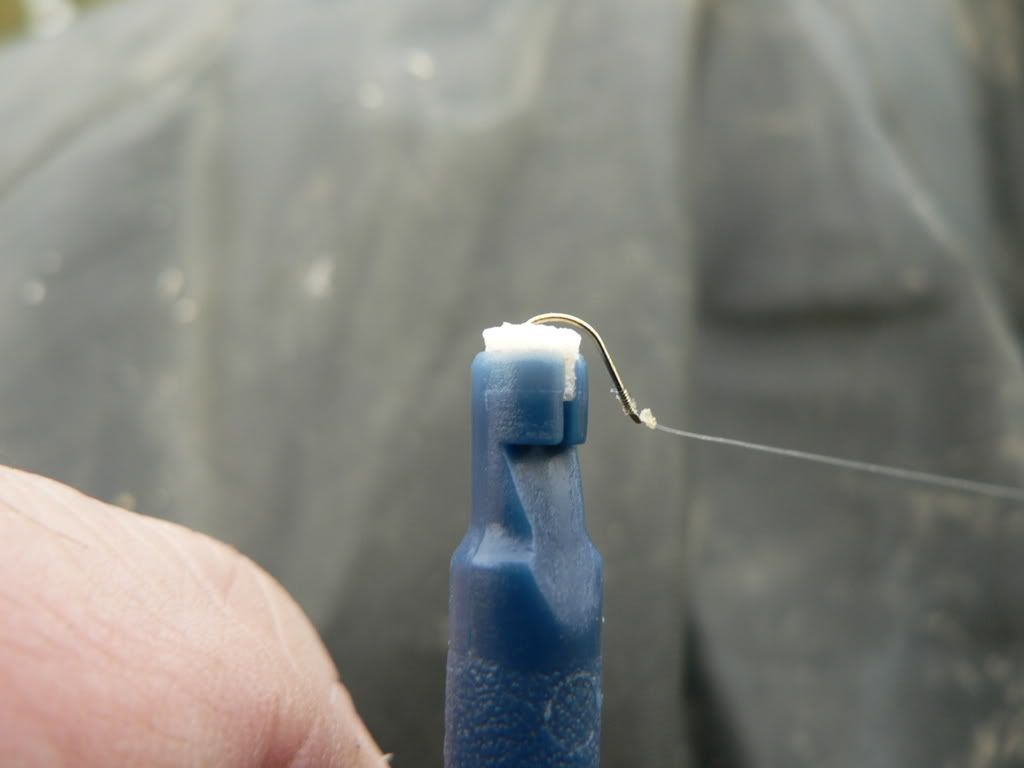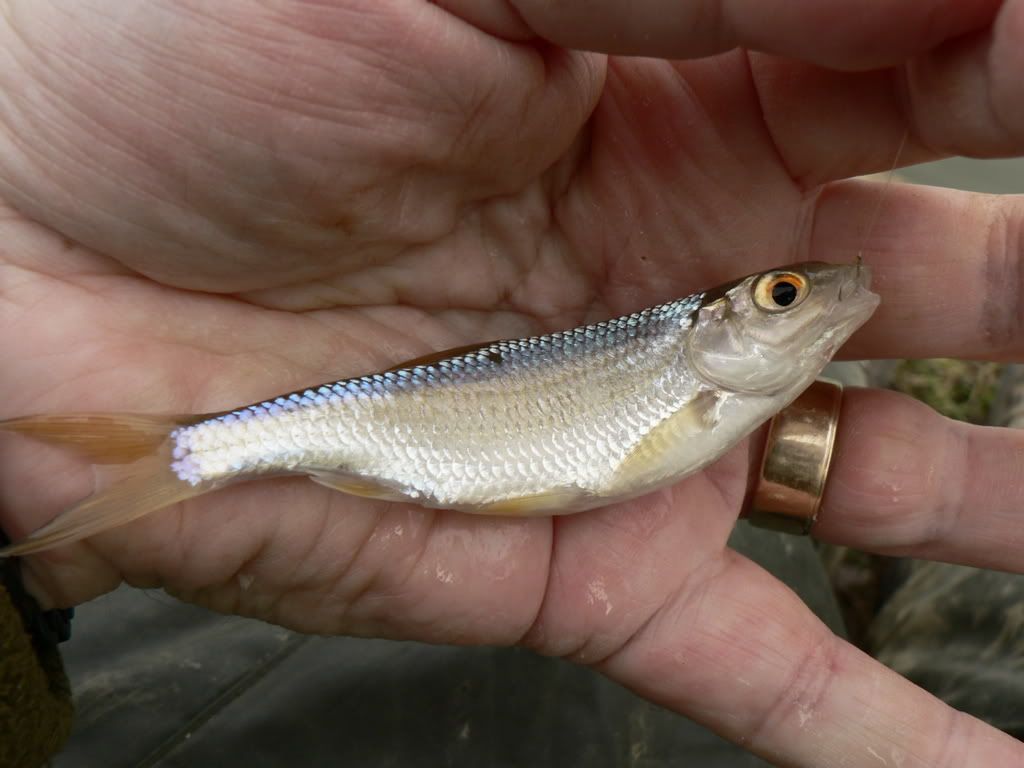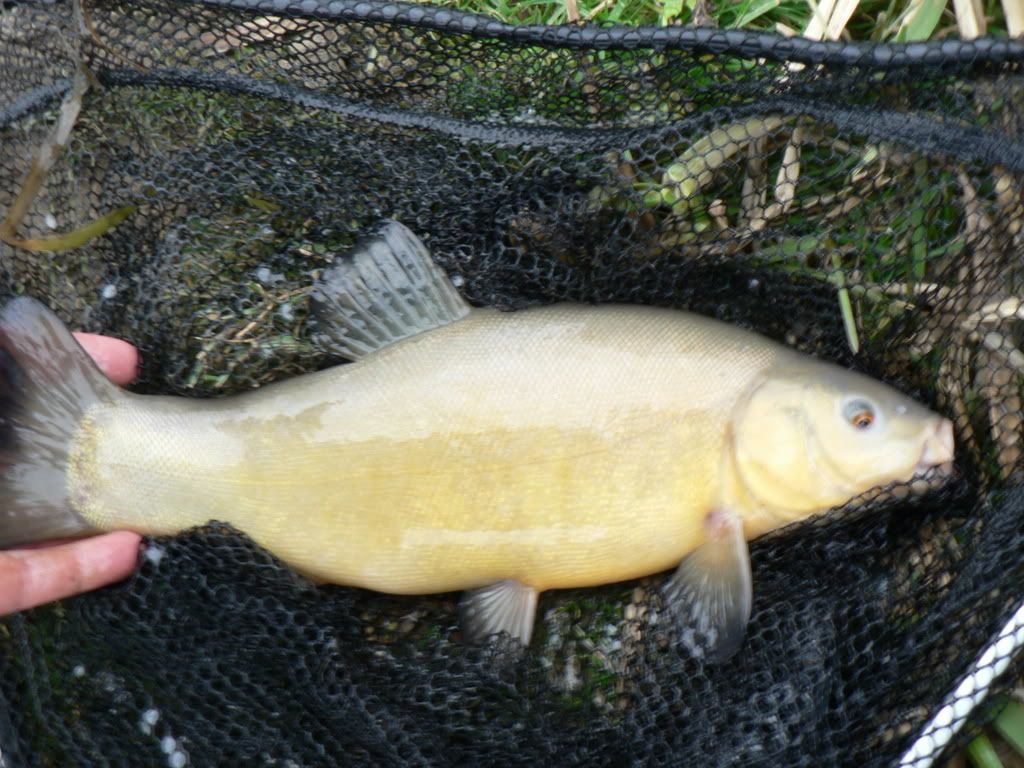I decided to go along to Monks to test myself and see whether I’d learnt anything from the previous sessions I’d had trying to learn how to fish the waggler. My ‘yardstick’ was the result I’d had on Match Lake 1 where I’d had 21 fish; if I could beat this then I felt I’d progressed.
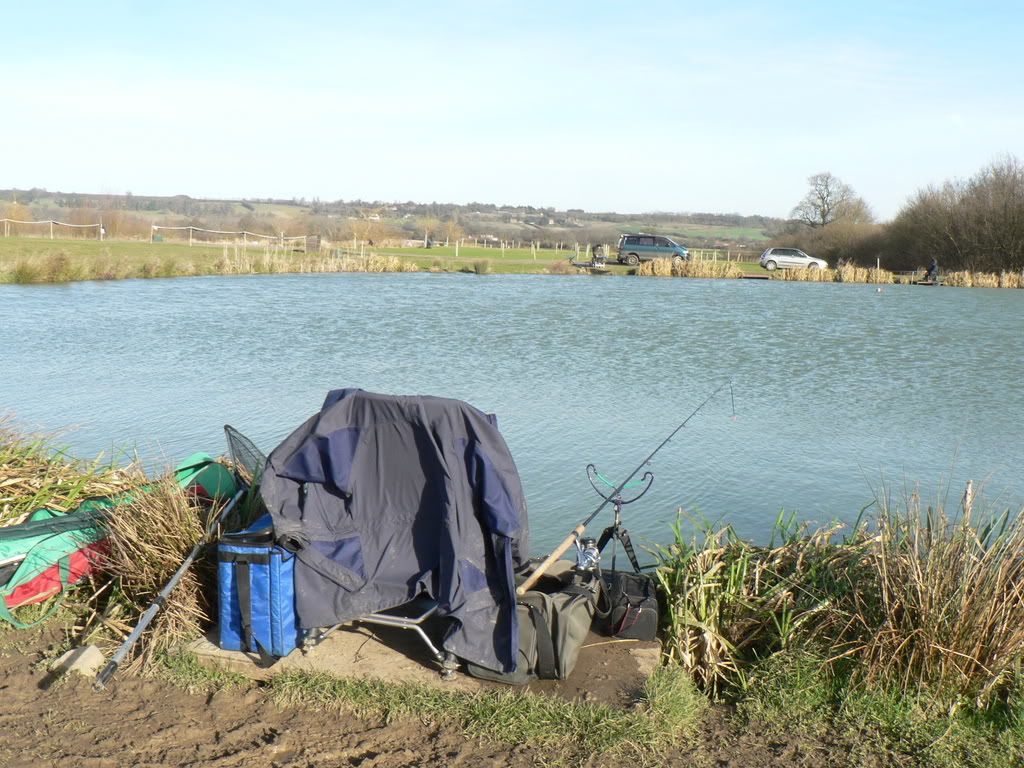
I was late starting for the nine o’clock ‘off’ and didn’t get going until nearly a quarter to nine. I spent the first part of the session trying various different types of waggler as had been suggested to me including some ‘loaded’ jobbies. Now I just couldn’t get on with these at all. The peg I was fishing was almost dead opposite the ‘hot peg’ 45 – (which was occupied) dead opposite on the other side of the lake. This was much deeper, something like nine or ten feet at 20 metres or so – but I just couldn’t seem to get the depth adjusted properly for some reason. I tried using an AAA shot as a plummet………….. but I dunno – just couldn’t seem to get the thing right. Only by changing to an unshotted peacock insert jobby and using a light plummet could I really get it sorted and ended up fishing at nearly ten feet – a bit awkward to cast with my John Wilson rigged at eleven feet. On reflection, I should have added the extension and fished at thirteen feet which would have made casting easier – but there you go.
I determined to keep up a regular and consistent feed of red maggots all day and I am sure this contributed to my improved ‘performance’. After about ten minutes, the F1s moved in and I started catching them one a chuck. I employed the ‘active’ technique shown me by Peter (Morton) when we fished Bridges last time – giving the reel handle a turn every minute or so to keep the bait on the move and wafting about; it also has the effect of covering a lot of water and I found myself picking up fish ‘inside’ where my feed was going in, about fifteen yards out. Some of these F1s were chunky little fellas in good condition and went from about half a pound to over a couple of pounds.

Early on the bites were extremely positive and were of the ‘unmissable’ type – but later on became very shy indeed, barely dipping the float at all. Sometimes, I just struck on a ‘feeling’ I had something was there and was not unsurprised to find fish attached! This was a similar experience we had during the Fur and Feather on Match Lake 1 and initially I put this down to angling pressure and shyness; later, I changed my mind about this……
I fed – I suppose, about half a pouch of reds every other cast, all the time mindful of over-feeding. It is oft-mentioned that the fish won’t be feeding as well in the winter, water temperatures being cold and all that, and it is easy to over-feed them and fill them up, so I was on the parsimonious side rather than generous. Eventually however, the F1s deserted me and the occasional chub were putting in an appearance.
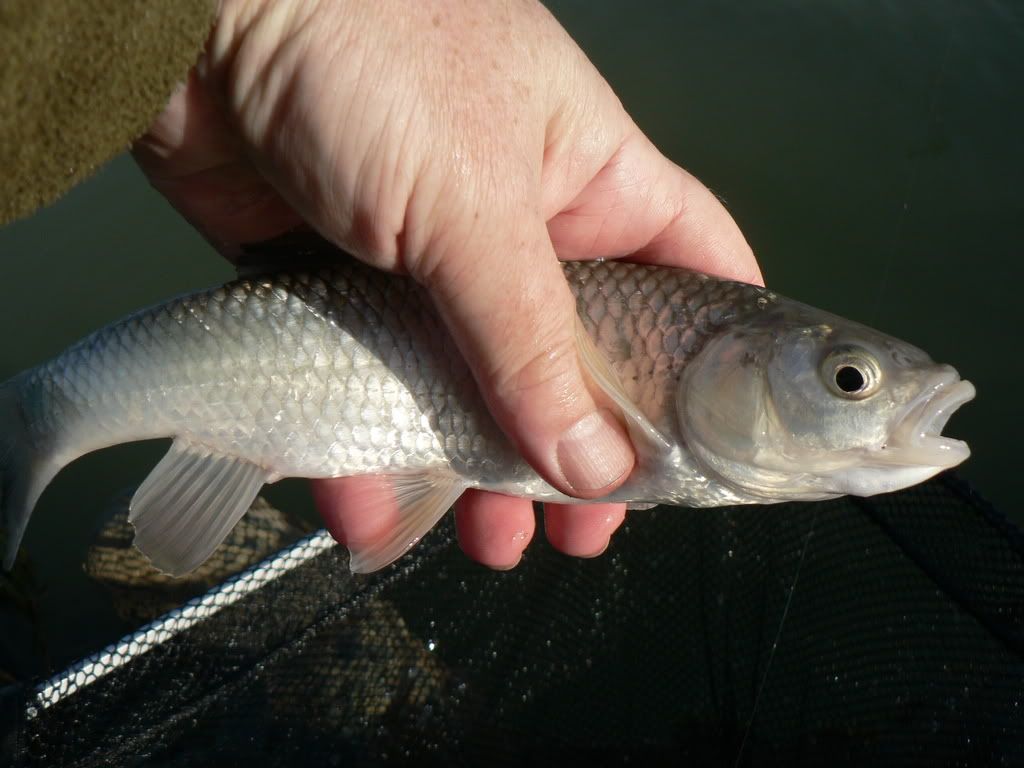
Now I love these Monk Lake Chub. They are what I call “good value for the money”, obliging, bold-biting, and hard-fighting. A netfull of these would gladden the heart of any angler. I am also extremely interested in how they are progressing because I have a hunch that in years to come, stillwater Chub will become the new ‘carp’. They do well in stillwater and being carnivorous are capable of eating the millions of miniscule Roach I find such a pest on most commercial waters; they of course grow fat and large on this diet. One day, fishery owners will learn to stock with chub instead of Roach as they have done here at Monks.
For most of the day the fishing was steady rather than outstanding. There were some blank spells as well as little periods of activity when I caught several fish on the trot including the odd small Carp and Tench and by the time it came to ‘stop’ at three o’clock (the end of my virtual match) I’d caught 38 fish averaging I suppose three quarters of a pound to a pound; so I had in fact between twenty-eight and a half to thirty-eight pounds of fish, a vast improvement on my meager nine pounds I scored in the Fur and Feather. It was the evening however that was most interesting…..
You must be packed up and off the water by four o’clock at Monks at this time of year but I stayed on after my ‘match’ to catch a few more. As usual, I was far more generous with the feed – as much to get rid of the bait as anything, and put out much more than I had been using during the day. This resulted in an instant and significant change. The bites which had been barely half-dips of the float became real ‘spearing-the-bottom’ jobs, and the catch rate doubled. Now you could argue that the fish had begun to feed because evening was approaching and this is a good time on any fishery – but the change was almost instantaneous. I was even getting bites on-the-drop, the float failing to rise to the surface and the line going tight to the rod-tip! I’d only got two number eight shot down the line so my slowly sinking double red maggot bait must have been falling gently through the water, much to their liking.
I have often wondered whether the normal ‘rules’ apply to these heavily stocked fisheries – there are so many fish in the water it would be virtually impossible to over-feed them with just a pint of maggots for the day. Next time I fish here I mean to try an experiment – heavy feeding from the off. Competitive feeding is the way to go to produce positive bites – get the fish competing with one another for the available feed and try and induce a ‘sparrows-on-the-lawn’ syndrome where they fight one another to get at the food.
This late spell also produced some good fish including this chub;
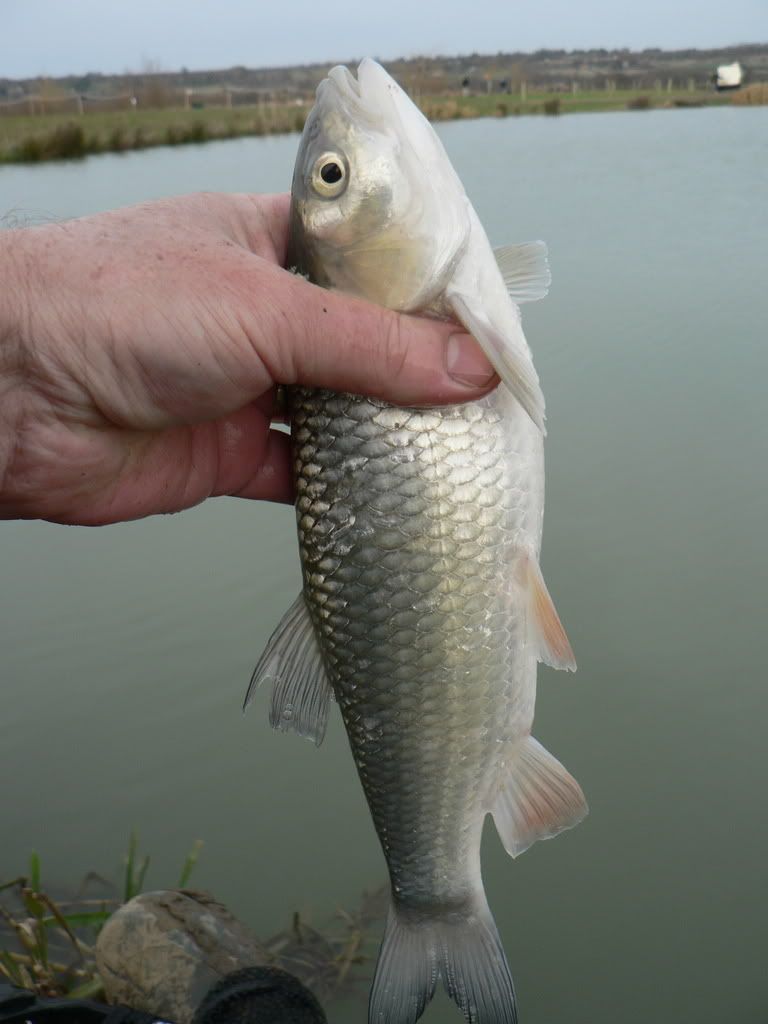
surprisingly, there were no barbel, unlike the anglers opposite who were catching loads. I wonder why peg 45 opposite has a high proportion of barbel in it and opposite here on 57 there were none. Was it that I just wasn’t fishing appropriately for them?
All very interesting.
